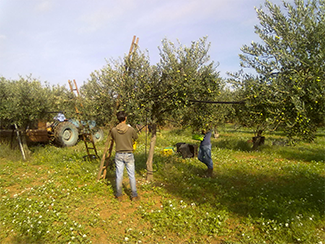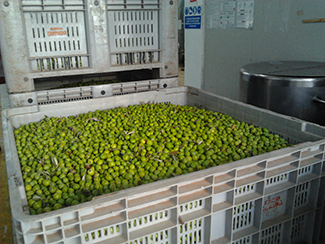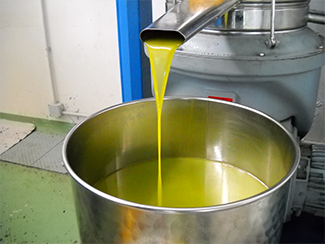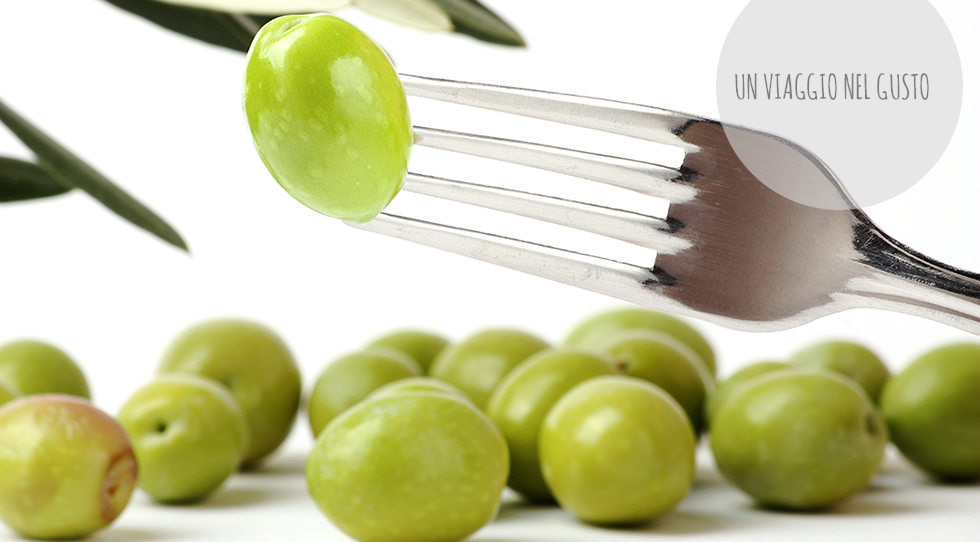To know and learn how to distinguish one cultivars of olive from the others means to recognize that every single cultivar give to the oil a different flavor. There are delicate oils, other with stronger flavor.
The cultivar, or variety of olive, strongly influence oil that is extracted from it. In Italy there are more than five hundred cultivars, in fact every territory have its own variety.
In the countryside of Castelvetrano, Valle del Belice, Trapani, is mainly located olive variety called Nocellara del Belice, from which we get Sciauro, pur hight quality DOP Valle del Belice Extra Vergin Olive Oil. It’s a green oil with golden reflections and intense fruity flavor, hints of tomato and grass mowed and slightly spicy aftertaste.
Another cultivar present in our olive groves is the Biancolilla. It is from the juice of these olives that came LuMè. Also certified Valle del Belice DOP, it is an oil light fruity, slightly spicy, with hints of tomato and fresh grass.
The art of making olive oil
We see to our fruit throughout the extractive process, from olives, to pasta, until the olive oil, to ensure all stages of our work are done with care.
The collection: between the October and November we are in the middle of the collection, which is done by hand when olives begin to switch from green to light purple.
The washing: the olives boxes are emptied in a steel tank where tines rotating jets of hot air remove the leaves and stalks, then the fruits are transported in another tank to be washed.
The crushing: the olives so cleaned are crushed, turning the pulp and kernels in a homogeneous paste.
The mixing: the paste of olive is then passed into the kneading machine, a bathtub with a helical blade on the bottom, stirring constantly pulp to extract tiny drops of oil from cell membranes and facilitate their aggregation into larger droplets, that are easy to separate. The paste of olive must be mixed long enough, but without exposing too much to air and without heating excessively, which degrade the aromas and accelerate deterioration.
The extraction: the paste is then transferred into the centrifuge to separate the oil from the water, skins and pulp. At this point, from a narrow tube at one hand of the centrifuge, will came out a thin stream of green color oil.






